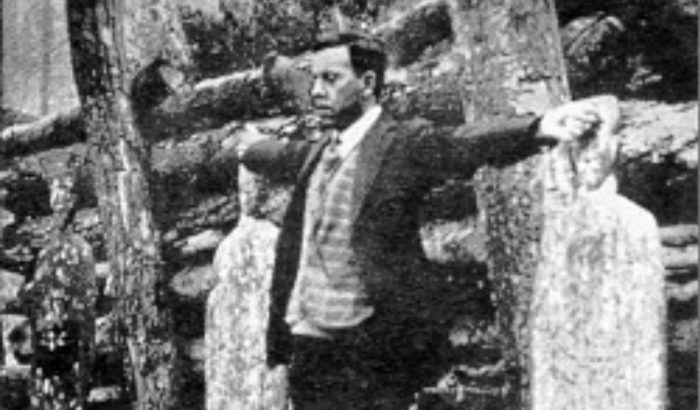Saints for the Family
by John Murray (Messenger Publications, €9.95)
Inspiration from the Saints: Stories from the Lives of Catholic Holy Men and Women
by Maolsheachlann Ó Ceallaigh (Angelico Press, £12.50 / US$16.95)
Fr John Murray is the busy parish priest of Downpatrick in Ulster. His name may well be familiar to readers both from his articles in the Sacred Heart Messenger and his earlier books, Saints for the Journey and Saints for Our Time.
As might be expected his vocation and his daily round reveal to him what religion is really like in this day and age, here and now, where we actually live and have our being. But in his writings he wants above all to encourage people to benefit from the lives, experience, and the exemplary dedication of other ordinary people who have come to be seen as saints.
In these pages he deals with the lives of 22 saints, briefly related, but rooted in their family and their social surroundings, and in the choices they made.
This emphasis on family is with a eye on events later this year, perhaps, but he wants to make us aware that saints are not isolated creatures, images up on a pedestal so to speak, lit by a stream of golden light.
Their special character that leads them to be saints is rooted in everyday life, washing up, doing the school-run, coffee with friends, even (as he says) falling in love.
The commitment of the saints may be to God, but their goal is reached through their lives with others.
This is a book which I suspect many parents might like to have around the home and school to make their children aware of the spiritual potential of that “modern life” to which they aspire…for this reason, let alone the fluency and insight of John Murray’s writing, this book is to be highly commended.
Approach
Maolsheachlann Ó Ceallaigh takes a very different perhaps more traditional approach to the idea of saints and their influence. Indeed it struck me that the book might well have been written in 1956 or thereabouts, certainly before Vatican II.
One of the persons in this book is Chesterton, who is not a saint in the formal sense, as the author admits. Indeed many of his admirers today seem to overlook the fact that for most of his life he was an Anglican and a Liberal, and that the books they admire so much were written from that point of view.
He was in his time an inflential figure, but surely even his admirers must give some thought to the implications of his involvement with the Marconi Scandal.
The author does not provide actual lives of his saints, but samples those lives to find characteristics for a series of essays dealing with such topics as mortification, marriage, family and chastity.
But surely the qualities that make a saint a saint are based not on such a fragmentary approach, but in their lives as whole. So the Church has thought from the earliest days. But the book is written with its own dedication to bringing models of Faith and devotion before what he hopes will be an international audience, written from an Irish perspective. This is a book from which many might profit, but with caution.
But in contrast to Fr Murray’s approach, I was struck by the cover which shows the faces of 28 persons of recognised holiness. One of these is Fr Miguel Pro, the Mexican martyr of the 1930s, whose life inspired in part Graham Greene’s novel The Power and the Glory. That book, with its shabby alcoholic priest struggling to do his best in the worst possible conditions, tells the reader more about the nature of a true saint than many more pious books.
But all of these people are of European origin in the largest sense. At a time when we are told the future of the Church lies in Asia and Africa, it is surely odd to discuss models of sanctity from such a restricted view point. Where is St Martin de Porres, St Kateri Tekakwitha, the Japanese and the Ugandan martyrs?
An old fashioned view has its attractions, but there were good reasons why the Second Vatican Council was needed.
All royalties derived from Fr Murray’s book will go to Trócaire, the Catholic agency “working for a just world”.


 Peter Costello
Peter Costello Fr Miguel Pro
Fr Miguel Pro 